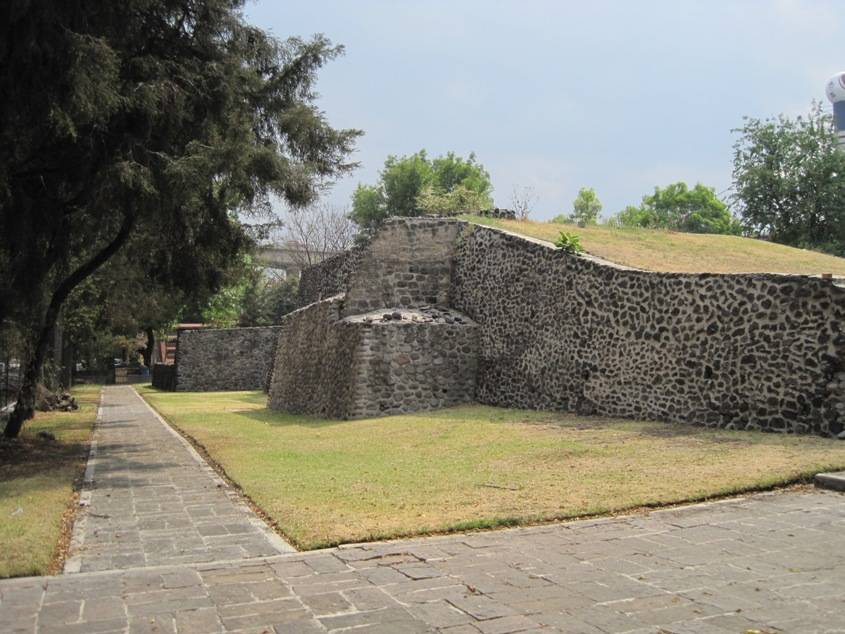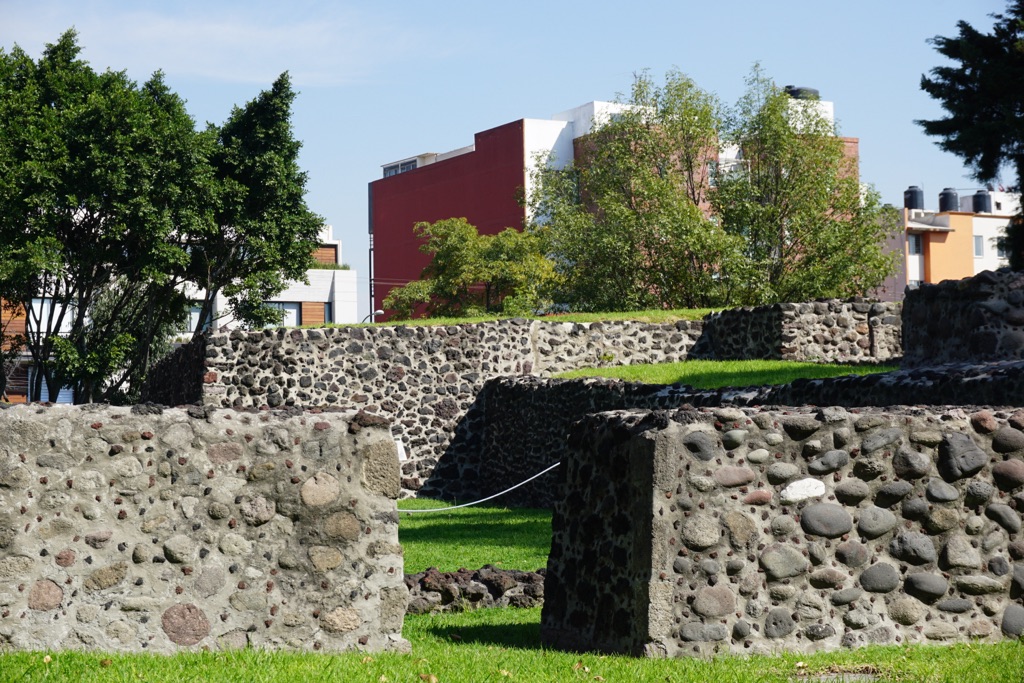The Mixcoac archaeological site is a treasure trove of history nestled in Mexico City. It was once a thriving pre-Columbian town before the Spanish conquest. Today, it offers a glimpse into the ancient Mixcoac culture that flourished in the Valley of Mexico. The site reveals complex urban planning, architecture, and artifacts that speak volumes about the people who once inhabited this area.
Get your dose of History via Email
Historical Background of Mixcoac Archaeological Site
The Mixcoac archaeological site was discovered in the 20th century. It has since been a focal point for understanding pre-Columbian history in the Valley of Mexico. The site was built by the Mixcoac culture, known for their intricate urban planning. Over time, it became part of the Aztec Empire, serving as a strategic military and trade center. After the Spanish conquest, the area saw significant changes, with colonial architecture overlaying the ancient structures.
Archaeologists first unearthed Mixcoac in the 1920s. They found evidence of a society that had complex social structures and religious practices. The site was named after the Nahuatl word ‘Mixcoatl’, meaning ‘cloud serpent’. This reflects the deep spiritual significance the area held for its inhabitants. The Mixcoac culture is believed to have built the site, which later became an important part of the Aztec Empire.
Throughout its history, Mixcoac has seen various inhabitants. After the Aztecs, the Spanish colonizers built over the ancient structures. This layering of cultures makes the site a rich historical palimpsest. It was not the scene of any famous historical events. However, its strategic location made it an important military and trade hub in the Aztec Empire.
The discovery of Mixcoac has shed light on the urban planning and architecture of pre-Columbian societies. The site’s layout suggests a high level of sophistication in its design. It includes residential areas, temples, and public spaces. The Mixcoac culture’s influence on later Aztec urban development is evident in the site’s structure.
Today, Mixcoac stands as a testament to the complex history of Mexico City. It offers valuable insights into the pre-Columbian era and the subsequent colonial period. The site continues to be an important focus for archaeological studies, revealing new facets of ancient Mexican history with each excavation.

About Mixcoac Archaeological Site
The Mixcoac archaeological site is a window into the ancient world of the Valley of Mexico. It showcases the urban planning and architectural prowess of its builders. The site includes remnants of pyramids, plazas, and residential areas. These structures were made from local materials such as volcanic rock and adobe.
One of the architectural highlights of Mixcoac is the remains of the main temple. It was dedicated to the god Mixcoatl, an important deity in the local cosmology. The temple’s design reflects the religious and cultural importance of the site. It was likely a center for ceremonies and rituals.
The construction methods of Mixcoac were advanced for their time. Builders used precise stone-cutting techniques to create sturdy and imposing structures. The use of adobe allowed for flexibility in design and contributed to the durability of the buildings.
Residential areas in Mixcoac were well-organized, suggesting a stratified society. The layout of the houses indicates that there were distinct social classes within the community. The larger, more elaborate homes likely belonged to the elite, while smaller dwellings housed the common people.
Today, the Mixcoac archaeological site is a protected area. It provides a fascinating look at the architectural and urban achievements of its ancient inhabitants. The site continues to be studied by archaeologists, who work to preserve and understand its historical significance.
Theories and Interpretations
Several theories surround the Mixcoac archaeological site. Its purpose and the daily lives of its inhabitants are subjects of ongoing research. Some scholars believe Mixcoac was a ceremonial center, while others argue it was primarily a residential area.
The site’s alignment with celestial bodies suggests that astronomy played a role in its design. This has led to theories about the importance of astrology and ritual in Mixcoac culture. The main temple’s orientation may have had astronomical significance.
Mysteries still shroud Mixcoac. For instance, the exact reasons for its decline and the extent of its influence remain unclear. Archaeologists continue to interpret artifacts and structures to piece together the site’s history.
Historical records from the Aztec period provide some context for Mixcoac. However, there is a gap in the records regarding the earlier Mixcoac culture. This has required careful interpretation of the archaeological evidence to understand the site’s origins.
Dating of the site has been carried out using methods such as stratigraphy and radiocarbon dating. These techniques have helped establish a timeline for the construction and occupation of Mixcoac. They have also aided in correlating the site’s history with broader Mesoamerican chronologies.
At a glance
Country: Mexico
Civilization: Mixcoac culture, later part of the Aztec Empire
Age: The site dates back to the pre-Columbian era, specifics on the exact years are still under study

